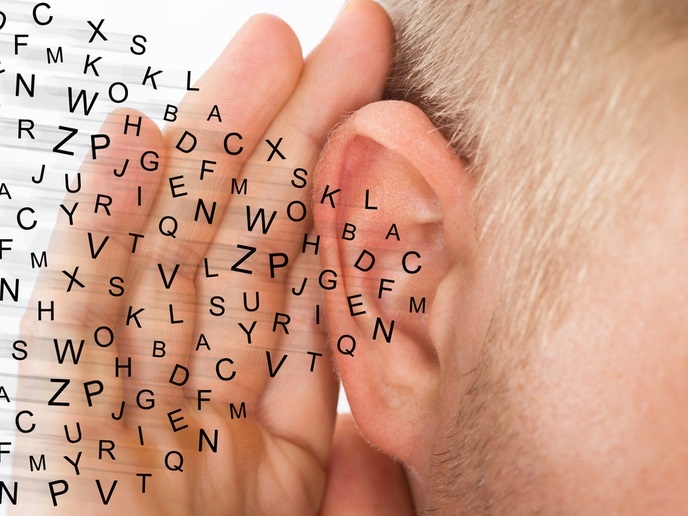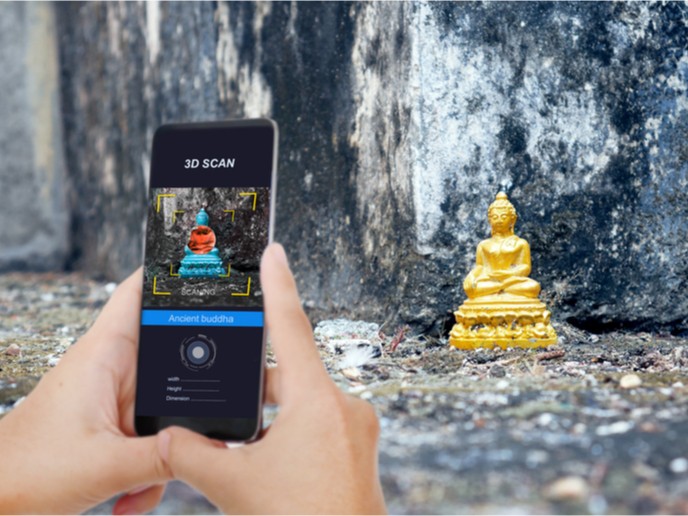The brain’s ability to listen when it’s very noisy
The human brain is able to correctly extract relevant information to adapt our auditory processing to reflect the specifics of the current scene. This is how we can hear our mobile phone ringtone in a noisy environment. The EU-funded ALT(opens in new window) project, undertaken with the support of the Marie Skłodowska-Curie programme, investigated how brain adaptation to new acoustic environments influences speech perception and learning of new phonetic categories. ALT brought to light the range of adaptation and learning mechanisms that the human brain utilises when we are exposed to new listening environments, in everyday communication or when we use auditory information to perform common daily tasks. “Such tasks, related to spatial hearing, our main research interest, can include reaching for a ringing phone, avoiding approaching cars, listening to a talker in a noisy reverberant room, or learning the phonemes of a new language,” explains senior researcher Norbert Kopco from the Perception and Cognition Laboratory(opens in new window) at Slovakia’s Pavol Jozef Šafárik University in Košice. “Our brain uses different adaptive strategies and learning mechanisms when performing such tasks, including spontaneous ‘implicit’ learning that does not require any information about what to learn and how.” Other learning mechanisms observed include a possibly misleading ‘ventriloquism’ adaptation in which our hearing is aligned with vision in order to provide consistent information about who we see and who is talking. Another involves the adaptation of our speech processing to new environments – “like when we enter a restaurant and need to engage in a conversation with multiple people in that environment,” Kopco elaborates.
Brain-training phone games
ALT findings also suggest that new computational tools like brain-training computer or telephone games can play a role. These types of games can improve the ability of normal-hearing people to perform tasks better. They can also be used to train hearing-impaired listeners with cochlear implants to use the auditory information in a way that’s more similar to normal-hearing people. “We also used advanced computational tools for analysis of brain images, obtained by neuroimaging techniques like electroencephalography and functional magnetic resonance imaging to understand how the brain analyses and encodes auditory spatial information in different environments.” Additionally, ALT conducted several studies showing how games can help improve their spatial auditory perception. For instance, some games(opens in new window) can train horizontal sound localisation (distinguishing sounds that come from the left versus right) to help normal-hearing listeners in everyday tasks like identifying dangerous situations (an approaching car) through hearing. Other games can improve listeners’ ability to learn new phonemes in a foreign language. Interestingly, newborns are equipped with the potential to differentiate between phonemic contrasts of all languages. But this capability is lost by their first birthday. As for the current research, it will go on beyond the completion of ALT. “We hope to continue in the collaborations that were started by this grant, both within the EU and with the United States partners,” notes Kopco. “We are currently collaborating with our Austrian partners and a new French partner.” The next step may be to prepare a new Marie Curie grant to ensure continuation of the research and the effective collaborations with non-EU countries.







